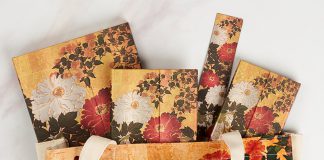French artist Pierre-Auguste Renoir (1841–1919) was one of the leading painters of the Impressionist movement, acclaimed for his portraiture, dreamy landscapes, and use of vibrant light and saturated colour.
Renoir was born into a family of modest means, and much of his early life was shaped by poverty. Although he sometimes did not have enough money to buy paint, he was fortunate to live close to the Louvre, which he visited often to study the works of the Old Masters. Renoir went on to create several thousand paintings in his lifetime. His works are some of the most well-known and frequently reproduced in the history of art.
Impressionists were the radicals of the art world, defying the formal rules of academic painting by preferring to spontaneously paint outdoors rather than within the walls of a studio. This “on the spot” style resulted in a greater awareness of colour and light and translated on canvas as rapid and broken brushstrokes that captured the fleeting quality of sunlight.
The Impressionist group, which also included founding member Berthe Morisot, often exhibited together as well as individually. Morisot, known for her swift brushstrokes and pastel-hued tones, was the only woman to join in the Impressionists’ first exhibition in 1874. In 1892 Renoir wrote to Morisot ahead of her first solo exhibition in Paris, and that letter is reproduced here against the lush backdrop of one of Renoir’s later still-life paintings, Bed of Anemones (1901).
Renoir, Letter to Morisot (1892) is available as an ultra and midi hardcover journal.





